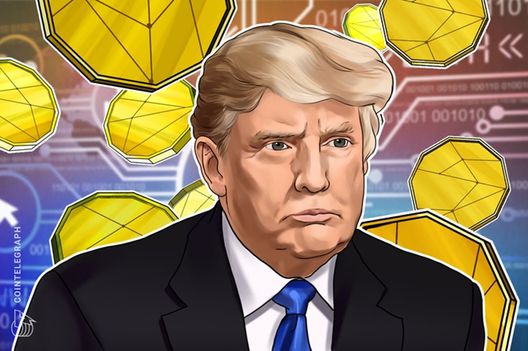Key takeaways
- Bitcoin climbed above $112k briefly on Wednesday after adding over 1% to its value.
- Traders are optimistic that BTC will reclaim the $117k resistance level soon.
BTC tops $111k as market sentiments improve
The cryptocurrency market had a rough start to the week, with BTC dropping below the $110k level on Monday. However, the sentiments have improved, with Bitcoin briefly climbing above $112k on Wednesday.
At press time, BTC is trading at $111,907 and could rally higher soon amid positive sentiment in the market. August saw BTC set a new all-time high, but it has struggled since then. Analysts are now looking ahead to September and what the month will offer for the leading cryptocurrency.
In an email with Coinjournal, Ruslan Lienkha, chief of markets, YouHodler, stated that the key macro catalysts for crypto heading into September remain U.S. inflation, interest rate policy, and labor market data. The interaction of these factors will largely shape overall risk sentiment and, in turn, the trajectory of both traditional and crypto markets.
While discussing how these events will affect the market, Lienkha stated that,
The recent sell-off reflects a combination of macro conditions and long-term positioning by large holders. We are entering the later stages of the current medium-term bullish cycle, which naturally encourages early investors, particularly those who have held Bitcoin for 10 years or more, to realize significant profits. By contrast, more recent whale entrants are likely to adopt a longer-term horizon, prepared to hold through one or even several future cycles. Overall, while whale activity has contributed, the dominant driver remains macro factors such as yields and shifting expectations around Federal Reserve policy.
BTC eyes $117k despite market volatility
The BTC/USD 4-hour chart is bearish and efficient, thanks to Bitcoin’s underperformance in recent days. However, the market could turn around soon as the momentum indicators improve.
The RSI of 49 shows that BTC is no longer experiencing heavy selling pressure, with the MACD lines set to confirm a switch to a bullish bias. If the recovery continues, BTC could climb above the 4H TLQ at $113,850 before rallying higher to reclaim the $117k resistance.

However, the momentum remains bearish, and BTC could face further selling pressure. If that happens, BTC could drop below $110k again and retest the $107k support level.
The post Traders eye $117k as BTC holds above $110k; Check forecast appeared first on CoinJournal.



